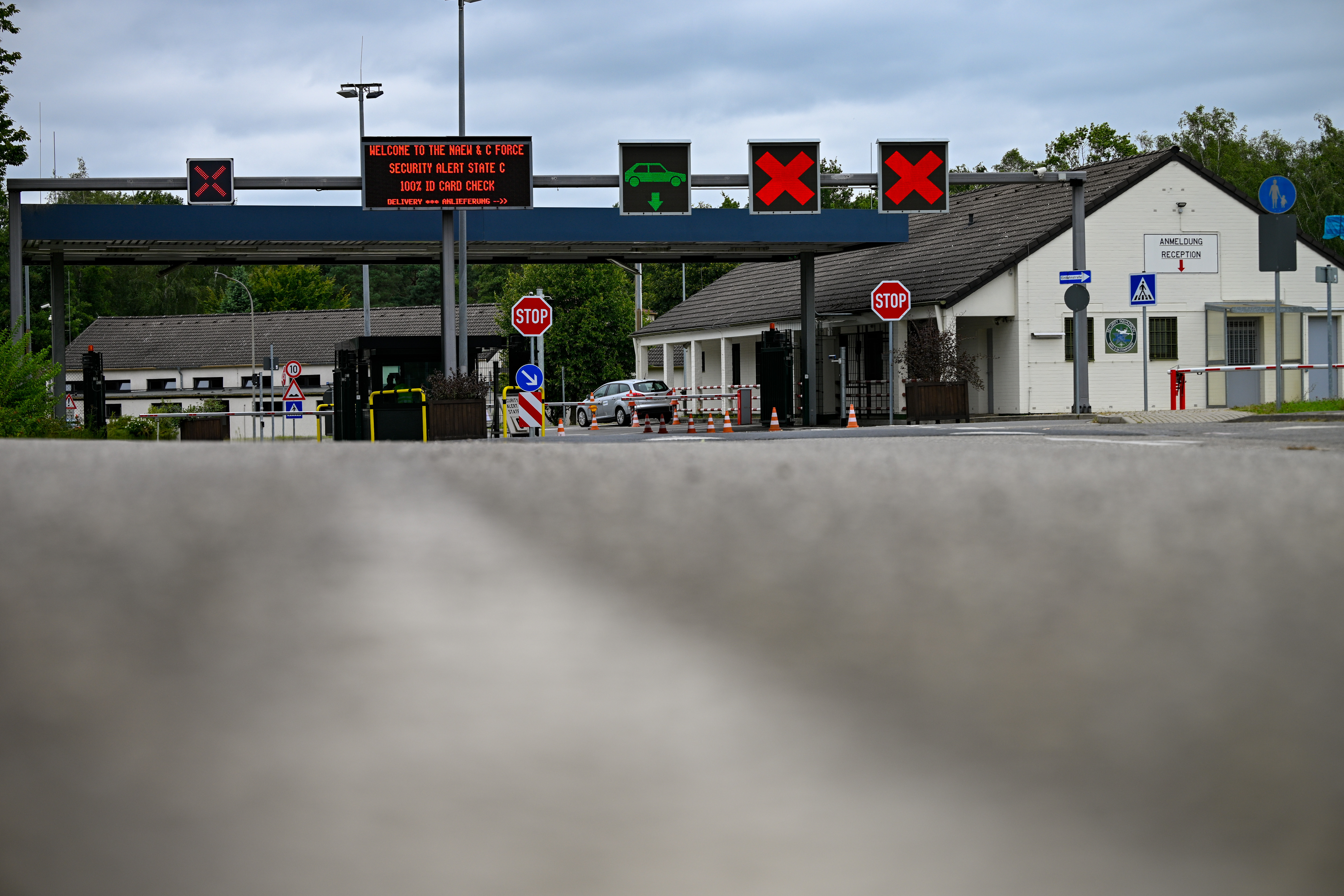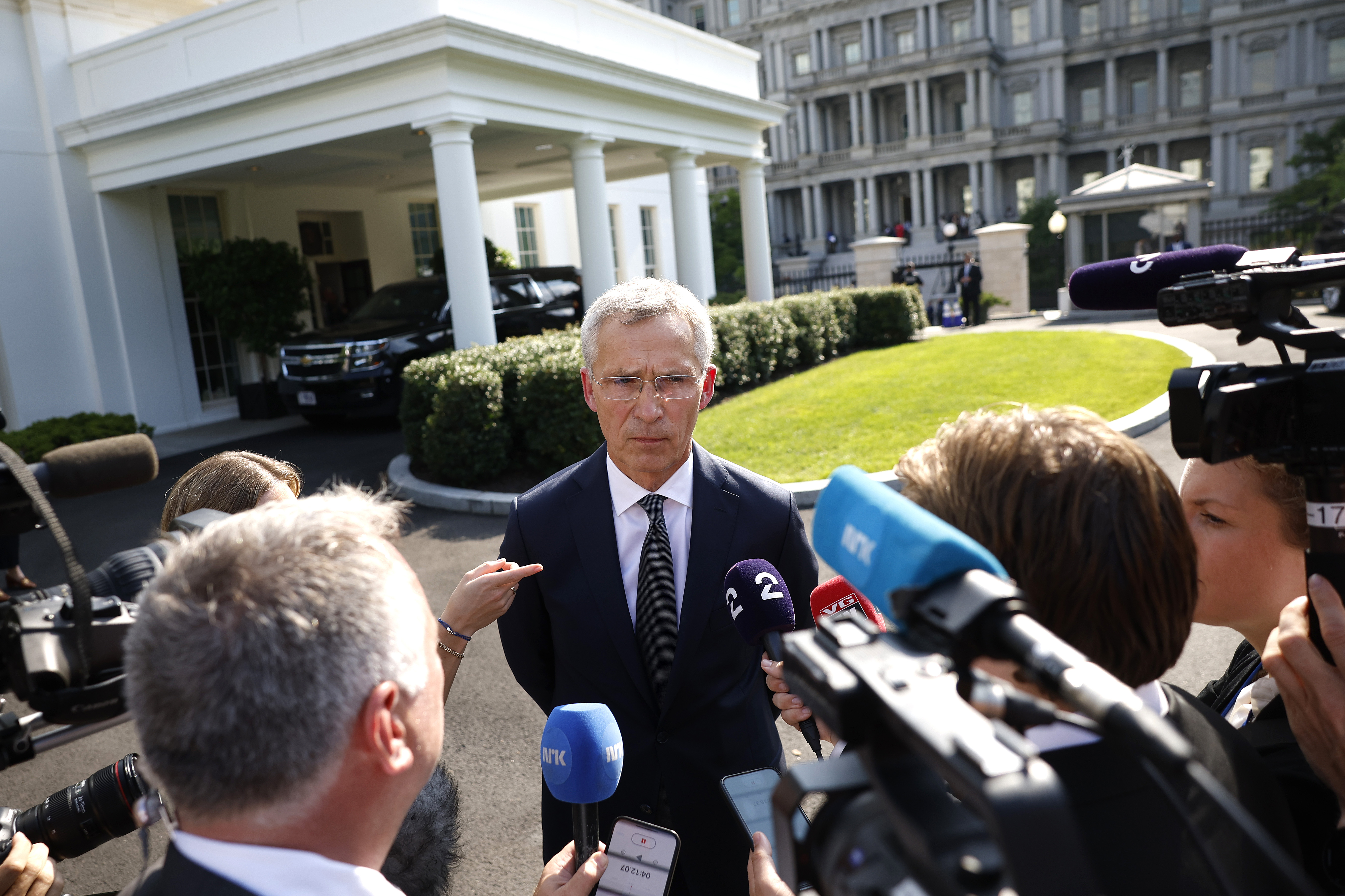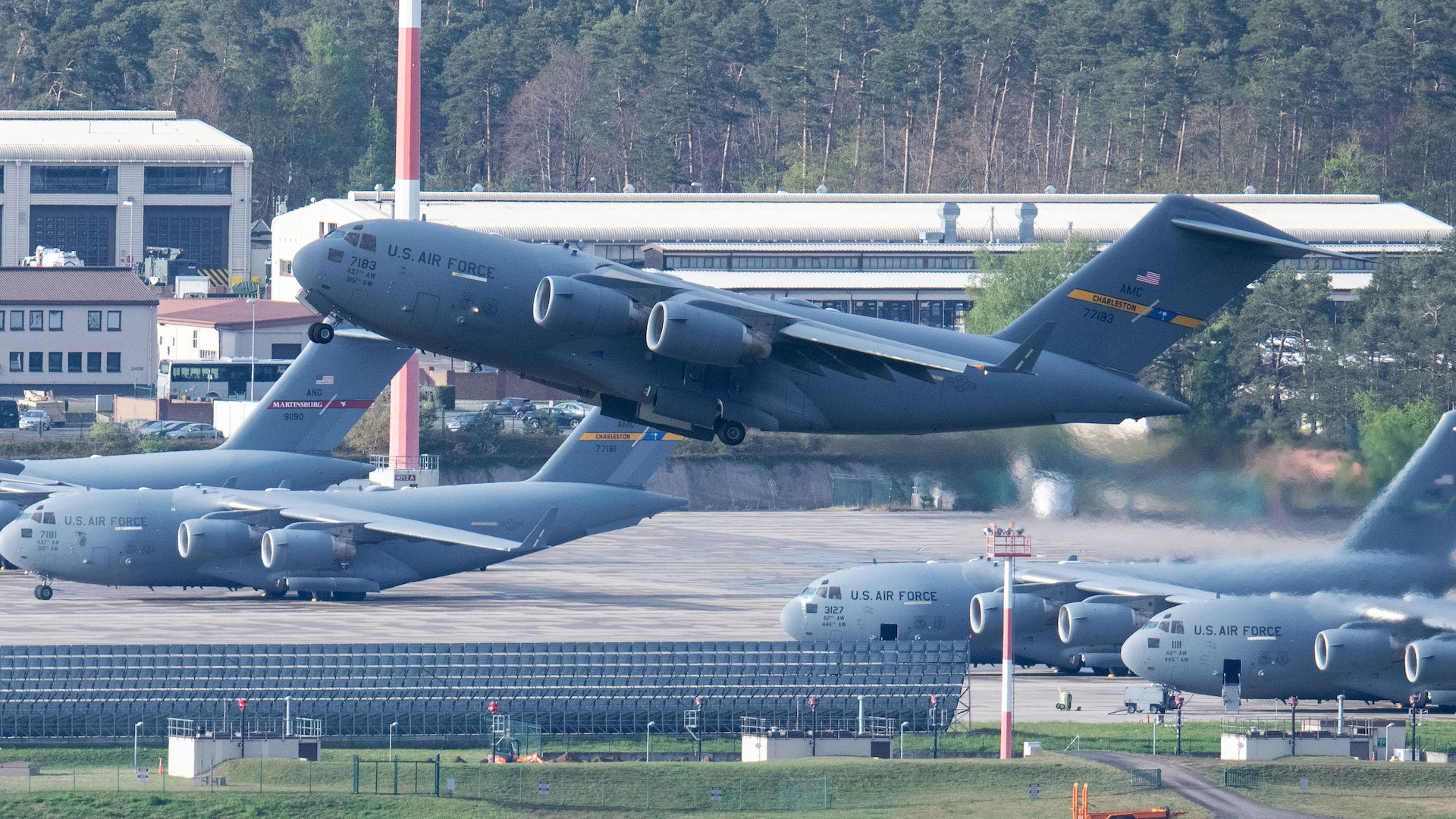Germany is the latest country to report mysterious drone activity over an air base on its territory, specifically the sprawling U.S. facility at Ramstein, alongside similar incidents over critical industrial sites. The developments follow previous suspicious drone flights reported over infrastructure in Germany and a spate of security incidents at other air bases in the country earlier this year. Since then, U.S. Air Force facilities in England have also reported multiple drone incursions, which so far remain unexplained, while the United States is now deep into a wave of drone hysteria after similar reports out of bases on the East Coast.
“Possible spy drones” have been noted “several times” flying over Ramstein Air Base, the main U.S. Air Force hub in Western Europe, according to a story published today by the Spiegel news magazine, citing a confidential report by German security authorities. Other similar incidents have been reported in the vicinity of the chemical company BASF, headquartered in Ludwigshafen, and the defense firm Rheinmetall. These companies are based in Rhineland-Palatinate, southwestern Germany — the same state in which Ramstein is located.

In the case of Ramstein, “numerous” drone sightings were reported in the evening hours of Dec. 3 and 4.
The Ramstein incidents have been confirmed by the U.S. military, with a spokeswoman for the base telling the Spiegel: “In early December, there were several sightings of small unmanned aerial systems in the area and over Ramstein Air Base, they had no impact on the residents of the base and on the facilities and military equipment there.” The spokeswoman confirmed that the base is now “in close coordination” with the German authorities regarding the incident.

As for Rheinmetall, this company has been at the forefront of German defense support for Ukraine since the full-scale invasion by Russia in 2022. The firm describes itself as “Ukraine’s most important defense industry partner in the fight against Russian aggression.”
Among Ukraine-related projects the company is involved in are the manufacturing of artillery ammunition and Lynx infantry fighting vehicles, the training of Ukrainian specialists in the maintenance and repair of combat vehicles, as well as helping establish manufacturing and maintenance hubs in Ukraine.

Recent weeks have seen a string of reported drone incidents over U.S. Air Force bases in England as well as multiple sightings in the United States, notably over New Jersey. However, there have been reports of unexplained drone activity in Germany dating back to this summer.
In particular, there were reports from the north of Germany, including over an industrial park in Brunsbüttel, northwest of Hamburg, which is home to a major floating liquid natural gas (LNG) terminal.
At the time, prosecutors in Germany said they considered it likely the drone flights were related to “espionage activity for sabotage purposes” and also cited “repeated” drone flights over “critical infrastructure.”
Reports of drone flights over Brunsbüttel began on Aug. 8 and it’s been claimed that the craft have proven difficult to track due to their high speeds — reportedly around 60 miles per hour — and their approach from the sea.

The local public prosecutor’s office launched an investigation into the Brunsbüttel incidents, on suspicion of “agent activity for sabotage purposes.” The same topic was discussed by the German Interior Ministry, but they were unable to agree on a joint approach to countering the spy flights, according to the Spiegel.
Other unusual activity in Germany in recent months includes a security alert at Geilenkirchen Air Base in August, which you can read more about here. This was due to fears of a possible Russian drone attack, according to a German media report.
An unnamed source within German intelligence confirmed that the security scare at Geilenkirchen was caused by signs “of preparatory actions for a likely Russian act of sabotage” using a drone, the Deutsche Presse-Agentur reported today. The tip-off reportedly came from an undisclosed foreign intelligence service.

On the other hand, an unnamed security source told Reuters that no drones had been seen in the vicinity of Geilenkirchen and that they could not confirm any evidence of a Russian role.
“The word Russia was never mentioned. We talked about a threat caused by drones,” a NATO spokesperson at Geilenkirchen told Reuters.
The drone scare at Geilenkirchen followed a security alert the previous week, in response to reports of an attempted trespassing incident at the base. This came at the same time as fears of possible sabotage of the water supply at nearby Wahn Barracks. A full sweep was made of the premises at Geilenkirchen without finding any trespassers, while the Wahn Barracks incident proved to be a false alarm.
While there has been no evidence of Russia being behind these incidents in Germany, they have all led to speculation about possible Kremlin involvement.
This comes amid growing concerns of Russian-inspired aggression against Germany, including drones, but also involving various other ‘hybrid warfare’ tactics.
Meanwhile, however, there’s no doubt that Germany — and its military bases — have been directly targeted.
In April of this year, two German-Russian nationals were arrested in Germany on suspicion of plotting sabotage attacks, including on U.S. military facilities in the country. One of those individuals was accused of making plans to carry out bomb and arson attacks on military facilities and had allegedly taken photos and videos of military transports and equipment.
The sabotage attacks appear to have been a direct response to the war in Ukraine, in which Germany has been a key backer of Kyiv, alongside the U.S. military in Germany, which uses bases there for transshipment as well as training Ukrainian soldiers there.
One of the targets of the sabotage attacks was the U.S. Army’s Grafenwoehr base in the southern state of Bavaria, where Ukrainian soldiers are trained to use U.S.-supplied M1 Abrams tanks.

In the wake of these arrests, U.S. military bases across Europe — including in Germany — were placed on a heightened state of alert, “for the first time in a decade,” according to CNN. This move was said to be in response to intelligence concerns about possible sabotage attacks by Russian-backed actors.
For its part, NATO has issued explicit warnings about the risk of an expanding Kremlin-backed campaign of sabotage, including cyberattacks. Speaking in June, NATO Secretary General Jens Stoltenberg outlined what he said was evidence of “a surge of sabotage, cyberattacks, instrumentalized migration, and other hostile actions by Russia.”

TWZ has previously examined exactly why a hybrid warfare campaign might be especially attractive for Russia. Above all, this kind of warfare can be waged at a relatively low cost and with reduced risk — at least to the Kremlin. Undertaken in Europe, it would very likely be intended to undermine support for Ukraine by creating disruption and sowing fear. Especially important is the fact that, as long as proxies are being used, such activities are very difficult to be directly traced back to the Kremlin.
Using relatively low-cost drones to cause disruption or even outright destruction of assets at air bases is by now a well-established tactic in conflict zones including the Middle East and the war in Ukraine. We have now seen how even short-range drones, launched from fairly close to an air base, can have a significant impact. NATO air bases in Germany (and the United Kingdom) are also very poorly defended against these kinds of threats and regulatory/legal issues stand in the way of using available active defenses in many circumstances.

As for the situation in the United States, recent reports of drone sightings highlight what is very much a credible national security issue, although the situation there has been clouded by patchy government messaging and frenzied responses both from social media accounts and much of the mainstream media.
With relations between Russia and the West still in a very precarious state and hybrid warfare very much in the ascendancy, air bases and other critical infrastructure in Europe could become the front lines of a new kind of war being fought in parallel to the conflict in Ukraine.
Contact the author: thomas@thewarzone.com
